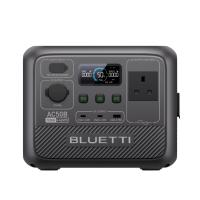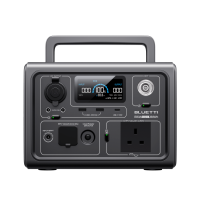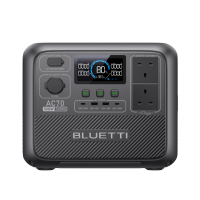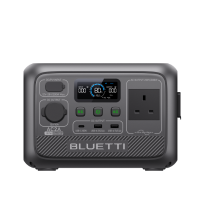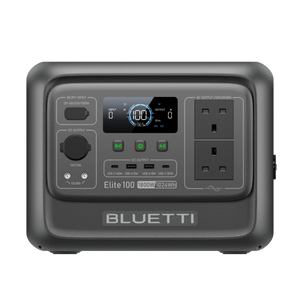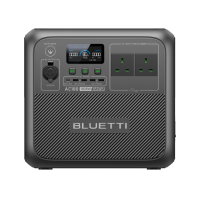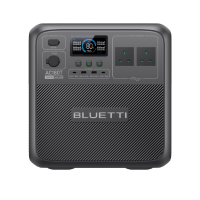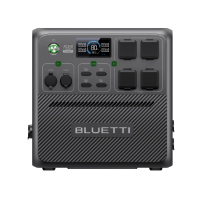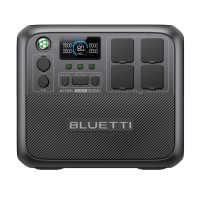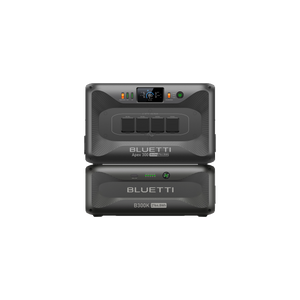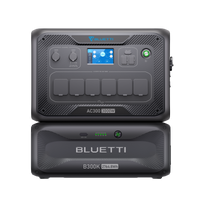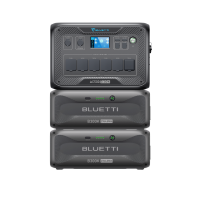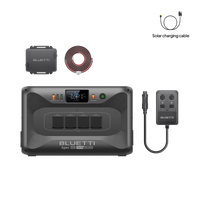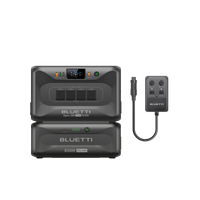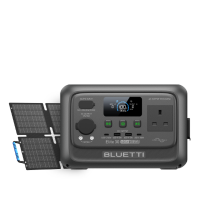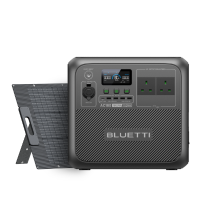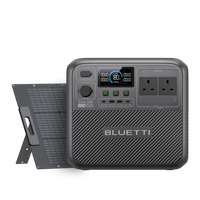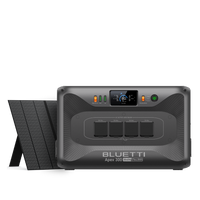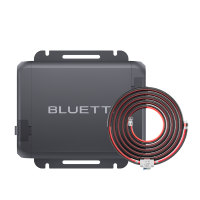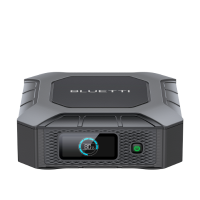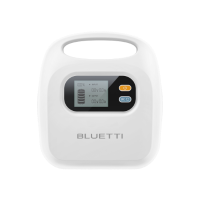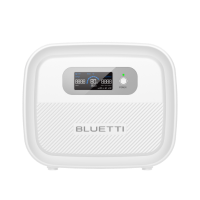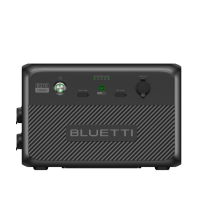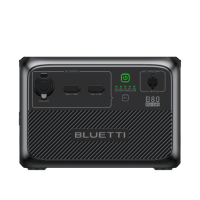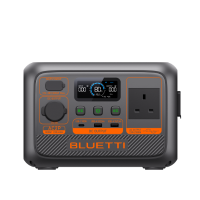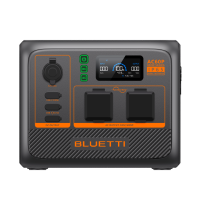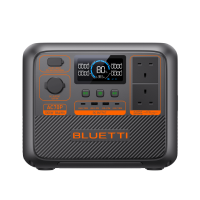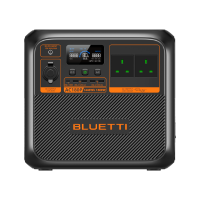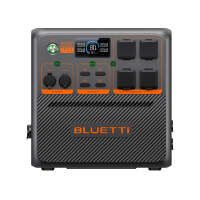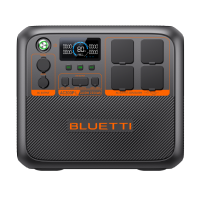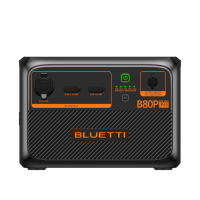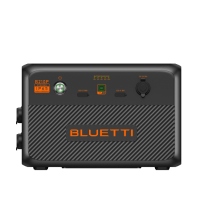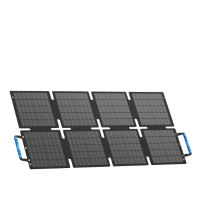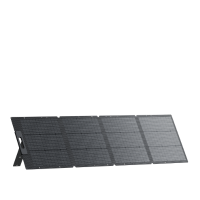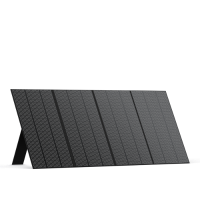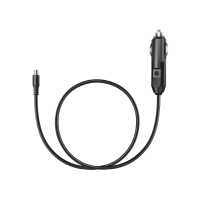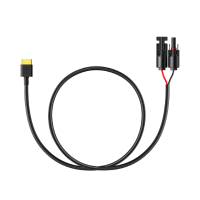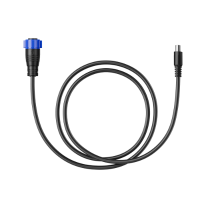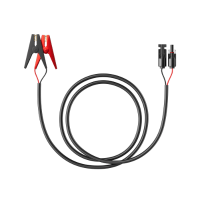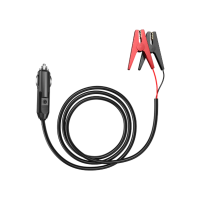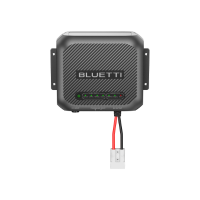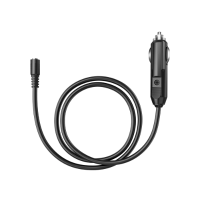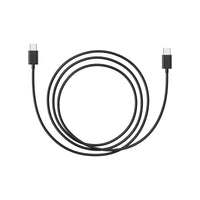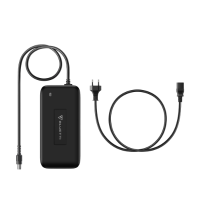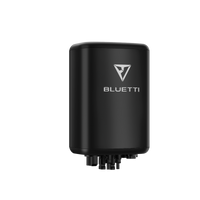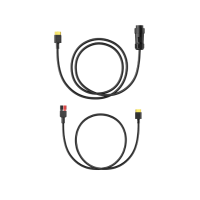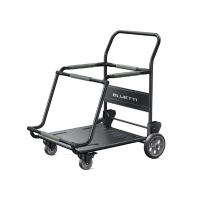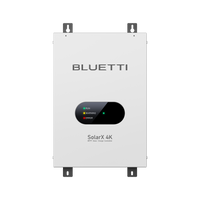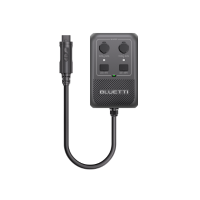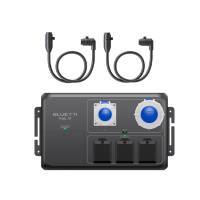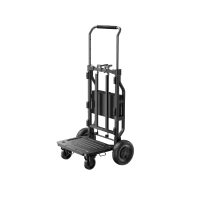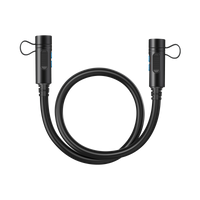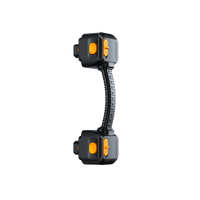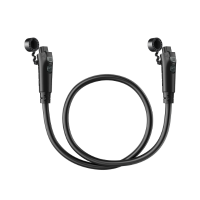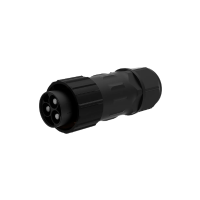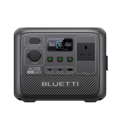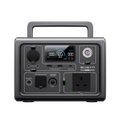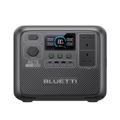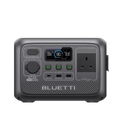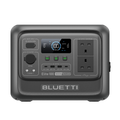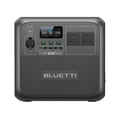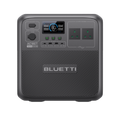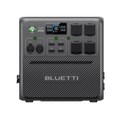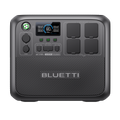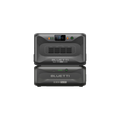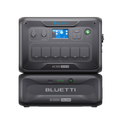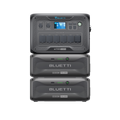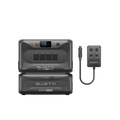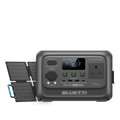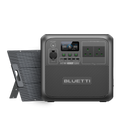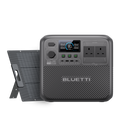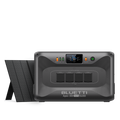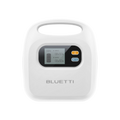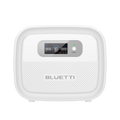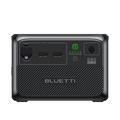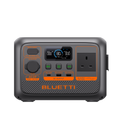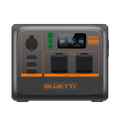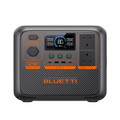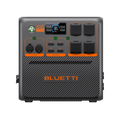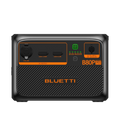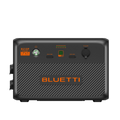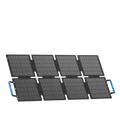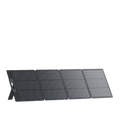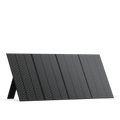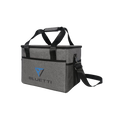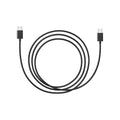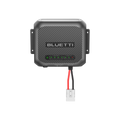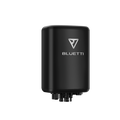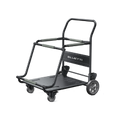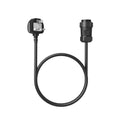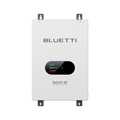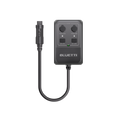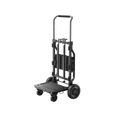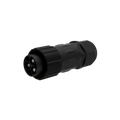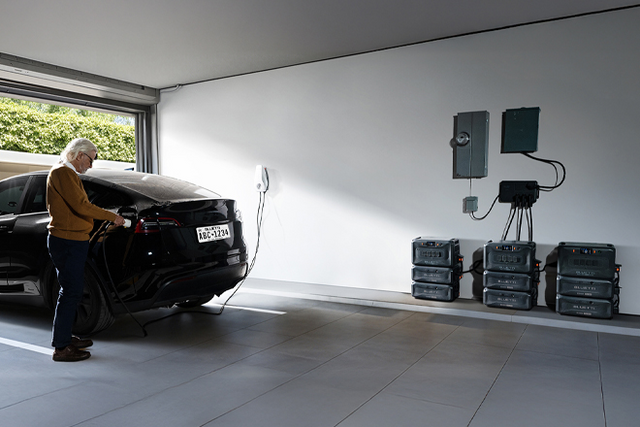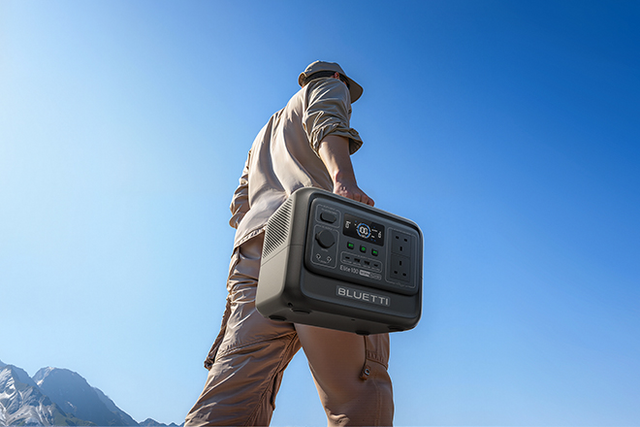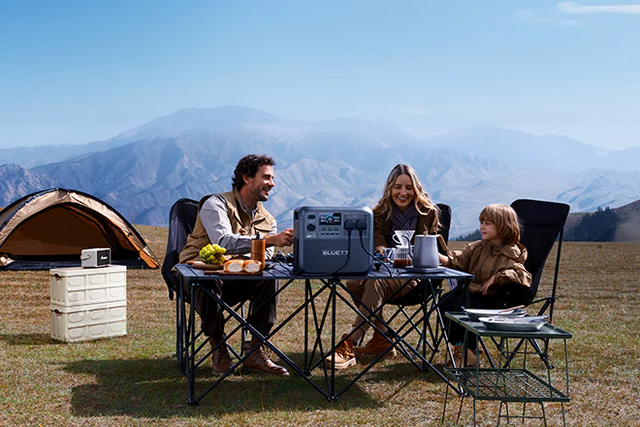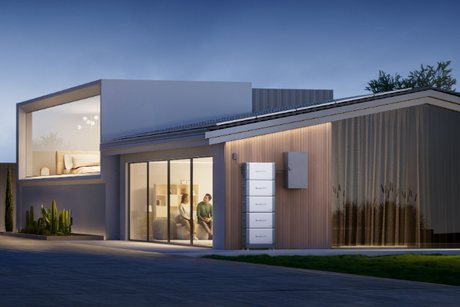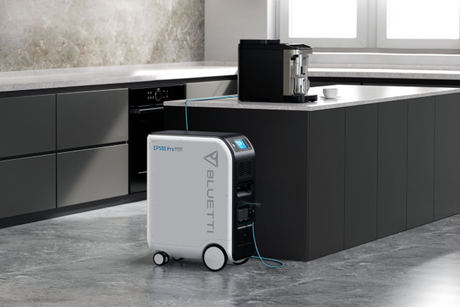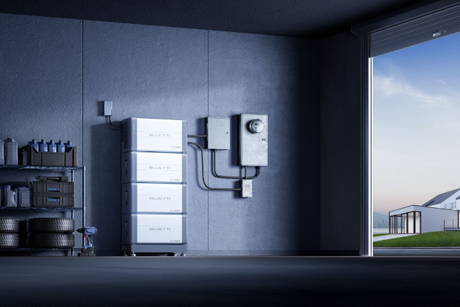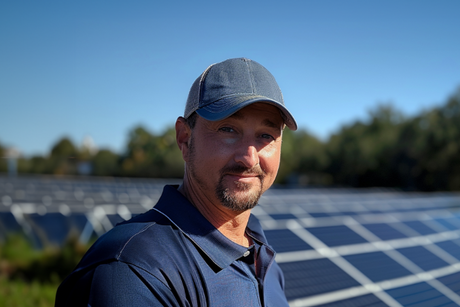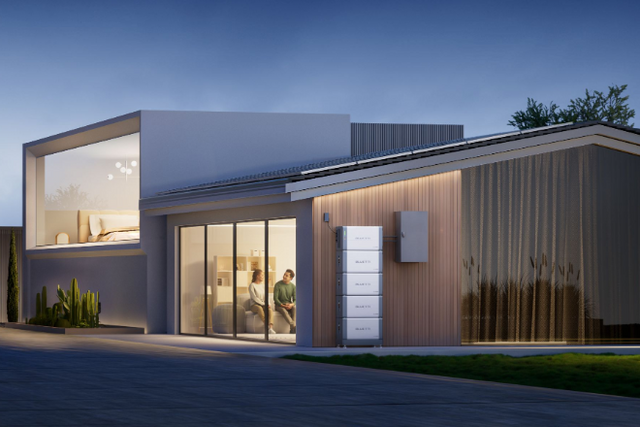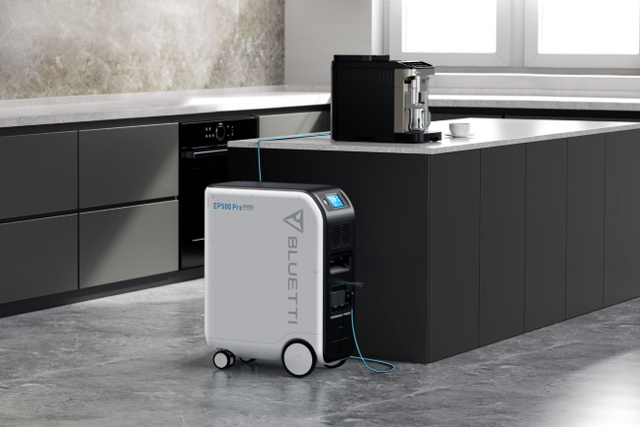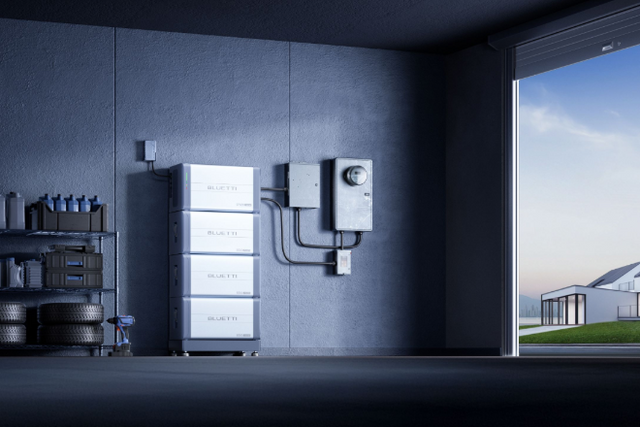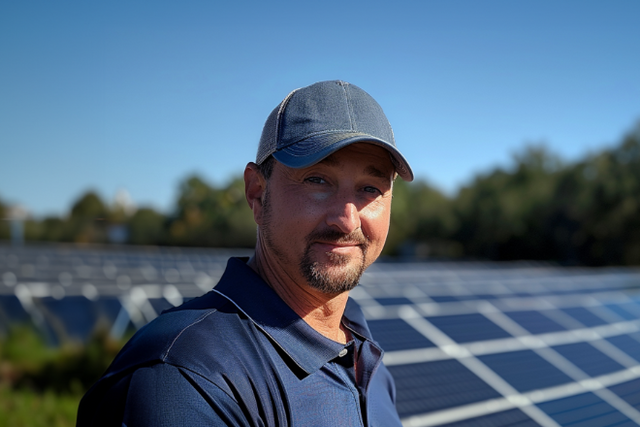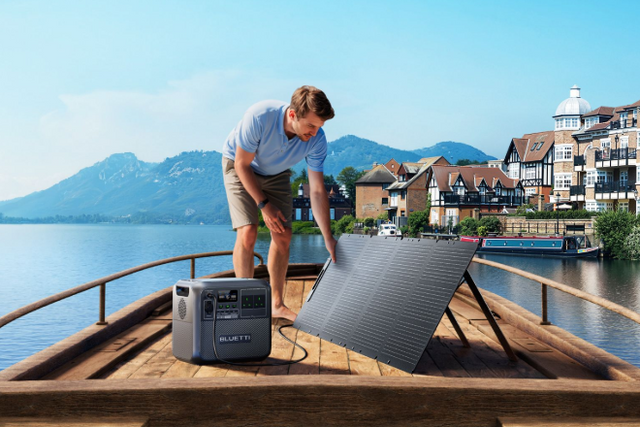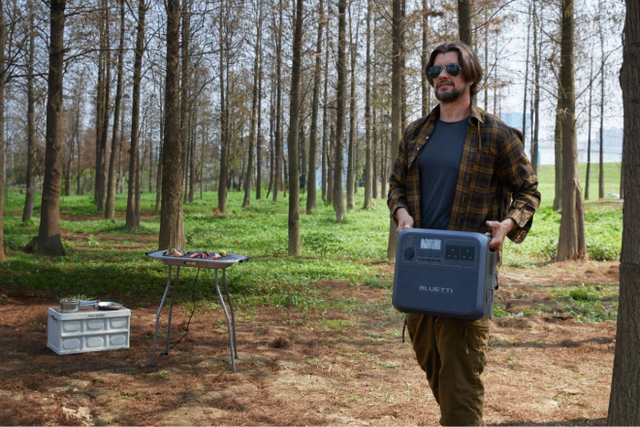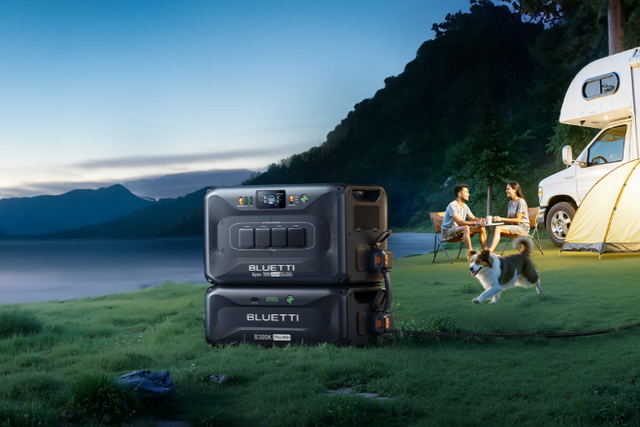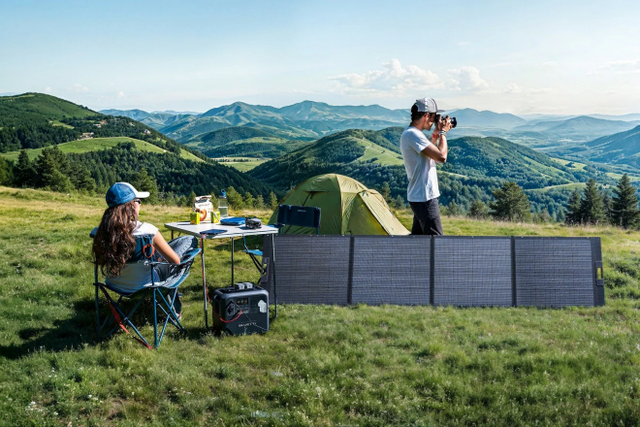Are you thinking of investing in solar panels but not sure what size to choose? We get it. At first, it can get overwhelming. You might be wondering…What dimensions should my solar panels be? What are the average solar panel sizes in the UK? How do I even choose the right fit?
Well, good news! In this article, we get crystal clear on exactly that. Read on to learn all about solar panel dimensions, their types & efficiency, and figure out what’s best for you.
Are you ready? Let’s dive in!
Solar Panel Sizes in the UK: Why Do They Matter?
The size of your solar panels directly affects the amount of power they generate. It determines the amount of their energy production and how much can you save on your energy bills.
If your solar panel system is too small for your household energy needs, it won’t generate enough power.
Types of Solar Panels & How They Vary in Sizes
The size of a solar panel varies based on its type. Here’s how they differ from each other:
Monocrystalline Solar Panels
Monocrystalline solar panels are the most efficient and have the highest power output. They’re made from a single silicon crystal and come in a uniform black color. Thanks to them being the most space-efficient and durable, they’re also the most expensive of the four types of solar panels.
They typically come in a square or rectangular shape (just like our BLUETTI panels) and their sizes range from 60 to 120 cells. The most common sizes for residential applications are 60-cell panels (approximately 1m x 1.6m) and 72-cell panels (approximately 1m x 2m).
If you’re not sure about the dimensions of your roof space and wish you could place your panels just about anywhere…Check out our portable solar panel selection here!
Polycrystalline Solar Panels
Polycrystalline solar panels are less expensive than monocrystalline panels and have a lower efficiency rating. They’re made from multiple silicon crystals and have a speckled blue colour. They’re a great option for those with limited roof space and are a popular choice for residential solar installations.
They’re also typically square or rectangular in shape and range in size from 36 to 72 cells. The most common sizes for residential applications are 60-cell panels (approximately 1m x 1.6m) and 72-cell panels (approximately 1m x 2m).
Thin-Film Solar Panels
Thin-film solar panels are the least expensive and have the lowest power output. They’re made from a thin layer of photovoltaic material deposited on a flexible or rigid substrate.
They can be made in different colours and shapes, making them ideal for unorthodox roof styles. If you’re into funky designs for your house and roof, be aware they’re less efficient and less durable than the other two types of solar panels.
They’re also usually larger than crystalline solar panels and can vary in size from a few square centimeters to several square meters. We can see these mainly in large-scale solar projects, such as utility-scale solar farms.
Bifacial Solar Panels
Bifacial solar panels can capture sunlight on both their front and back. Thanks to this, they’re even more efficient than traditional solar panels that only use one side. They work by absorbing direct sunlight from their top cells and the reflected sunlight (albedo) from their bottom cells.
Similar to traditional solar panels, they’re also made of crystalline silicon cells.
By size, they’re typically larger than monocrystalline and polycrystalline solar panels and can range in size from 60 to 144 cells.
The most common sizes for commercial and utility-scale applications are 72-cell panels (approximately 1m x 2m) and 144-cell panels (approximately 2m x 2m). You’ll see them around certain types of solar installations, such as ground-mounted systems, flat rooftops, and canopies.
What Size Is a Standard Solar Panel (UK)?
The standard solar panel size can vary depending on the type of panel and its intended use. According to Energy Guide, the most common solar panel sizes for residential installations in the UK are between 250W and 400W.
Yet, larger commercial installations may use panels up to 500W or more. The average size of a solar panel for a 3.5kWp (kilowatts peak) solar PV system in the UK is 1m x 2m (2m²).
However, as we mentioned before, it all depends on what you need.
Larger panels are more efficient but also more expensive and heavier. Before you buy your new solar panels, be sure you’re clear on factors like your available roof space, your energy needs, and the amount of money you’re willing to invest.

Solar Panel Size Chart Based on Their Types
Want to compare the sizes of the different types of solar panels? Here’s a brief chart for you:
|
Solar Panel Type |
Typical Size Range |
|
Monocrystalline |
60-120 cells; 1m x 1.6m to 1m x 2m |
|
Polycrystalline |
36-72 cells; 1m x 1.6m to 1m x 2m |
|
Thin-Film |
Few cm² to several m² |
|
Bifacial |
60-144 cells; 1m x 2m to 2m x 2m |
Find Out What Solar Panel Sizes You Need in 4 Steps
- First, calculate the number of solar panels required based on the solar array size in kW and panel output in watts. Typically, the output is 300 watts, but this may vary so make sure to double-check.
- Determine the area the potential panels would cover and ensure they fit on the roof.
- Look at your home's average electricity consumption and your PV needs. You can start by gathering the kilowatt-hours (kWh) usage from your electric bill and estimating your energy usage.
- Lastly, talk to a solar panel professional to guide you further.

FAQ
What size of solar panels do I need?
Once you complete the first 3 steps above, you can figure out the rest with a solar panel calculator. Feel free to use the one provided by Omni Calculator. It takes into account how much of your electric bill you wish to offset and helps you find the perfect solar panel size for your house.
To estimate the size and cost of the solar panel array needed for your home energy usage, try the free SunWatts solar calculator.
Before using these calculators, be sure to be clear on your energy usage and needs. You can calculate your home's average electricity consumption and PV needs by gathering the kilowatt-hours (kWh) usage from your electric bill.
But to give you an idea: A home solar power system needs 6 solar panels (each rated 300 watts) with average irradiance of 4kWh/m2/day for every 5kWh of daily energy consumption. Solar panel for sheds has a different answer.
Does the size of a solar panel matter?
Yes, absolutely! The size of a solar panel matters as it affects the amount of energy it can produce. The larger the solar panel, the more electricity it can produce.
For example, a 300W solar panel is typically larger than a 250W solar panel, and it can produce more electricity than the latter.
However, keep in mind, larger panels are also more expensive and heavier. The choice of solar panel size depends on your specific needs and requirements. We recommend you consult this with a solar panel installer who can provide a more accurate assessment.
Are solar panels a standard size?
Solar panels come in various sizes, but there are standard sizes for residential solar panels. The standard dimensions for residential solar panels are the following:
- 66 x 40 inches for the panel
- A frame size of about 1.25 x 1.6 inches
- A weight of about 42 pounds
Yet, remember that the size of solar panels can vary by brand and manufacturer.
Can I use different size solar panels?
While we don’t recommend it, yes, it’s possible to use different size solar panels in a solar system. However, mixing solar panels of different sizes, brands, and models can make the weaker solar panels limit the output of the stronger ones.
And, this results in reduced efficiency and performance of the entire system.
Our suggestion? Set up a solar system with solar panels that have similar specifications such as voltage, current, and wattage. This way you’ll bring optimal performance and avoid damage to the system.
If you must use different size solar panels, make sure they’re connected in parallel rather than in series to prevent voltage and current imbalances.
Solar Panel Sizes in the UK
Hopefully, now you feel confident to choose the right sizes for your solar panels. Just remember to measure the roof space, check your electricity bills, and contact a trusted solar panel provider.
If you’d like to skip the whole trouble of climbing on the roof and figuring out your measurements, we have a solution for you too. Check out our easy to use & maintain BLUETTI portable solar panels.
Need more information on solar panels? We have a full library of free resources here!
Shop products from this article
You May Also Like

Sodium-Ion vs Lithium-Ion Battery: The Real Science behind Cold Weather Battery Drain
Why is sodium-ion battery often considered more reliable in winter? Do you know the real science behind it? In this guide, you will explore the comparison between lithium-ion and sodium-ion...

Oven Power Consumption Explained: How Much Electricity Does Your Oven Use?
Have you ever thought about how much electricity your oven uses? What's the power rating in UK homes, or the associated cost with it? Discover some tips to reduce your...

Is the UK's Power Grid at Risk of Blackout?
Learning from Iberia's 14-hour blackout. With 40% renewable energy, Britain faces similar grid stability challenges. Discover how home energy storage solutions like BLUETTI provide critical backup power and enhance grid...


